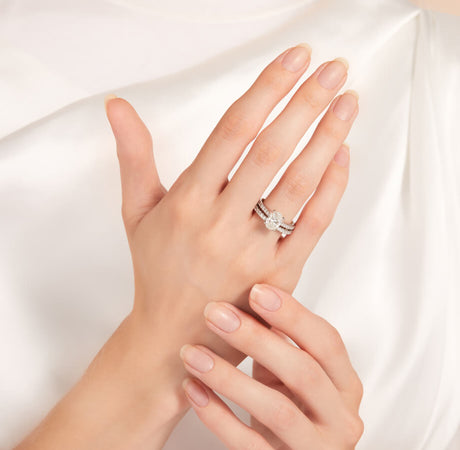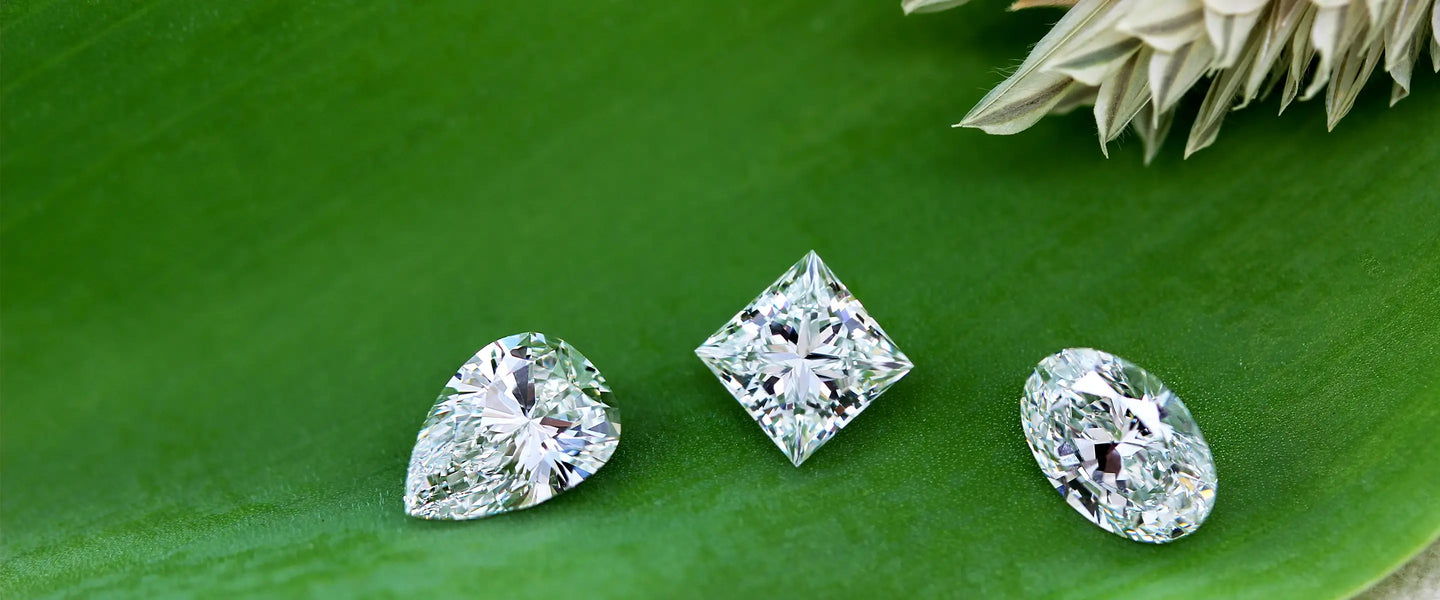
Lab Grown Diamond Guide
Browse lab grown diamondsWe provide the most exciting and innovative developments in the jewellery industry: lab-grown diamonds. These sparkling gems are not only visually stunning, but they also represent a significant leap forward in sustainable and ethical jewellery practices.
Step into the future of diamonds with us, as we explore the world of lab-grown diamonds, where beauty, technology, and sustainability intersect.
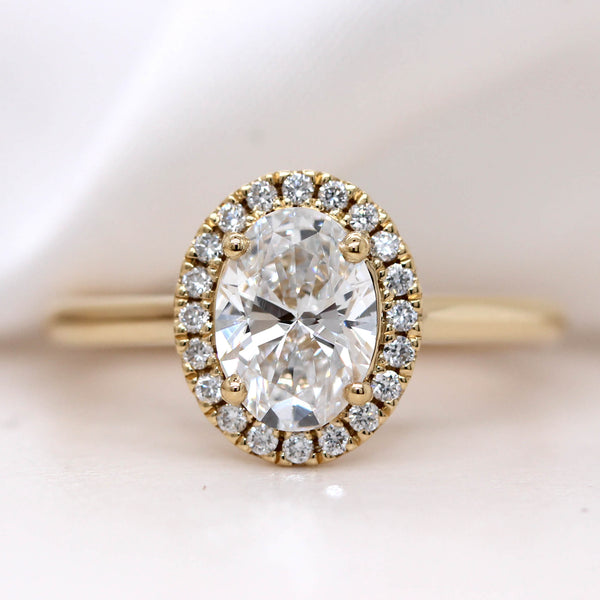
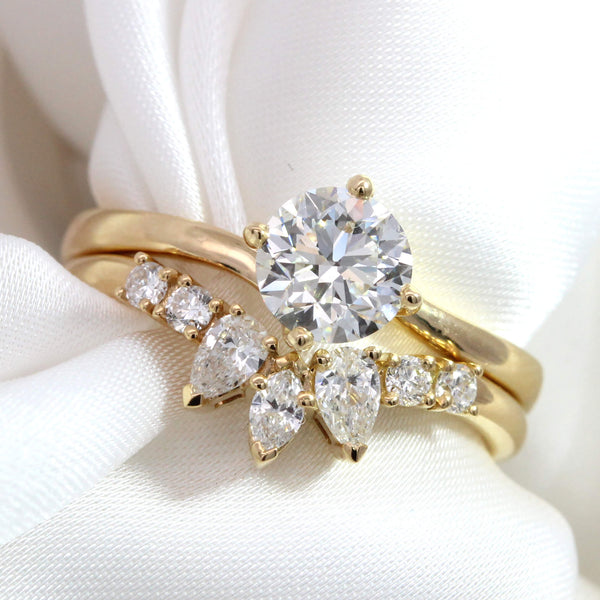
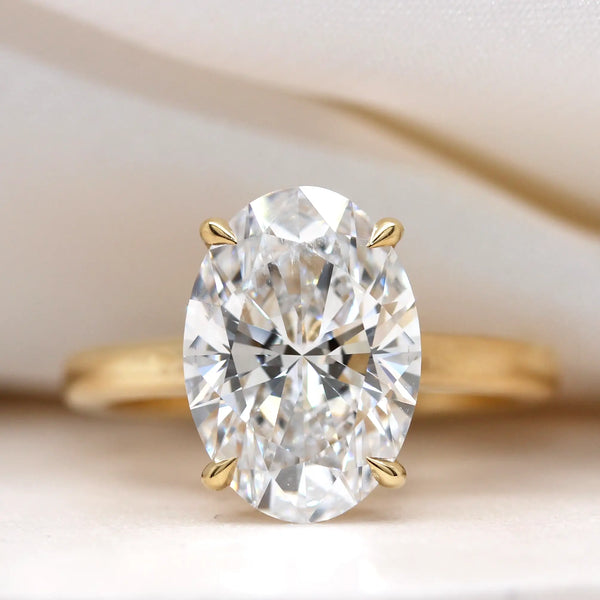
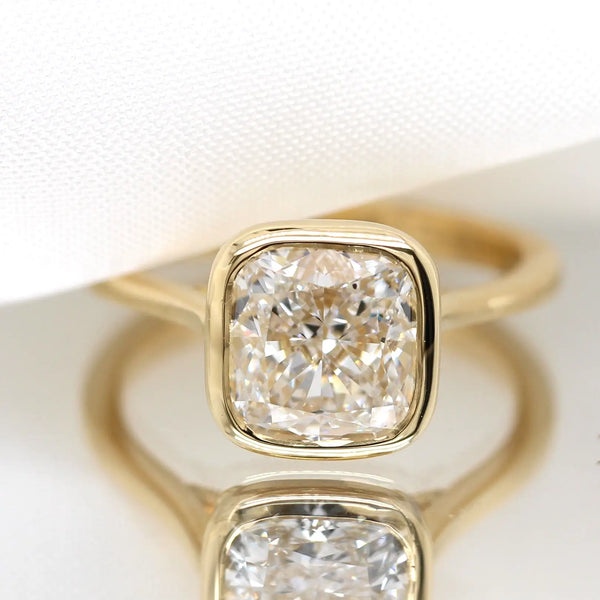
Lab Grown Diamond Basic
What is a lab grown diamond?
Lab-grown diamonds, also known as man-made or synthetic diamonds, are diamonds that are created in a laboratory. These diamonds are not mined but are instead produced through high-tech processes that replicate the conditions under which natural diamonds form.
Are lab grown diamonds real?
Absolutely, lab-created diamonds are chemically, physically, and optically identical to mined diamonds. They offer the same beauty and durability as their natural counterparts, but with a more ethical and sustainable origin.
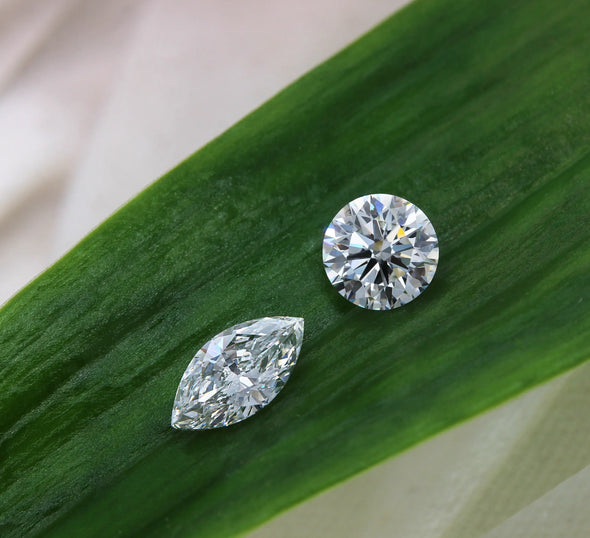
Lab-Tested, Love-Approved
Why Choose Lab-Grown Diamonds?
When it comes to choosing the perfect diamond for your engagement or any special occasion, deciding on the right one can be overwhelming.Have you considered a lab-grown diamond ring? This modern, sustainable, and equally stunning alternative to mined diamonds has been gaining popularity in recent years, and with good reason.
-
Every lab-grown diamond engagement ring is a testament to scientific achievement and a symbol of love that's as enduring as a natural diamond. These diamonds are chemically, physically, and optically identical to mined diamonds. The only difference- their origin.
These diamonds are grown in highly controlled laboratory conditions that simulate the Earth's natural diamond-growing process. The result is a diamond that's every bit as magical as its earth-mined counterpart.
-
Choosing a lab-grown diamond ring means supporting an industry that's environmentally friendly and socially responsible. Unlike traditional mining, which can cause significant ecological damage and often involves questionable labor practices, lab-grown diamonds are produced with minimal environmental impact and zero human exploitation.
-
When you choose a lab-grown diamond engagement ring, you're not just choosing a beautiful gem — you're also choosing exceptional value. Lab-grown diamonds typically cost 50%-90% less than mined diamonds of similar size and quality. This means you can afford a larger, more brilliant diamond for the same price.
-
A lab-grown diamond ring is a unique and personal choice. It reflects a deep respect for the environment and a desire for ethical consumption. By choosing lab-grown, you're not only making a statement about your commitment to your partner but also about your values and beliefs.
Ring Styles & Inspiration
Bindi Irwin, daughter of the late "Crocodile Hunter" Steve Irwin, announced her engagement to her longtime boyfriend, Chandler Powell, in July 2019. Bindi's engagement ring features a dazzling oval-shaped lab-grown diamond that's estimated to be around 2 carats in size.
When it comes to fashion, celebrities are always at the forefront of the latest trends. And it seems that lab-grown diamonds are experiencing a major moment in the spotlight. Gigi Hadid, Rihanna, Emma Watson, and Lady Gaga have all shown off their stunning style by wearing these sustainable and eco-friendly gems to major events.
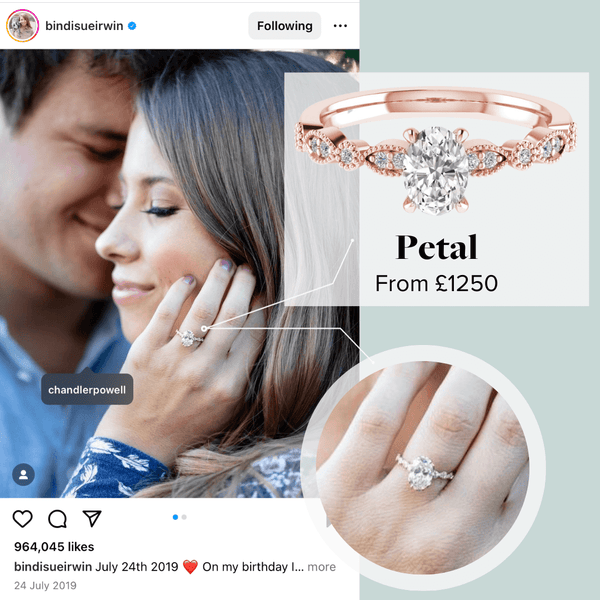

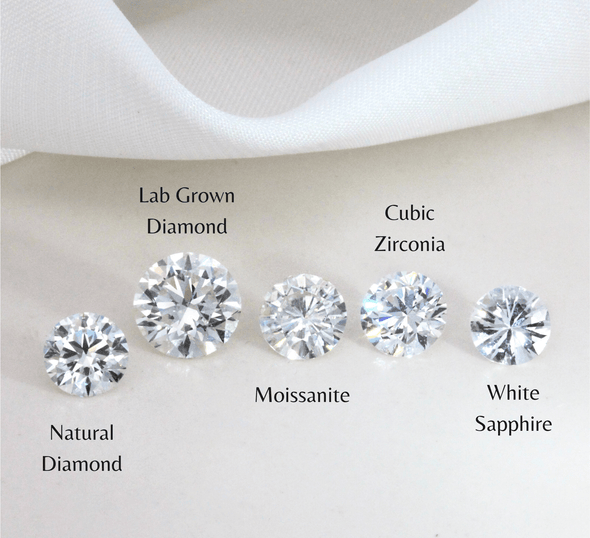
Lab grown diamond VS other nature Diamond simulant:
-
Moissanite is made from silicon carbide and scores a 9.25 on the Mohs scale, still making it a highly durable option. While moissanite is known for its intense fiery, rainbow-coloured sparkle, more vibrant than a diamond, lab-grown diamonds offer the classic brilliance and fire associated with natural diamonds. Price-wise, moissanite is generally less expensive than lab-grown diamonds.
-
Cubic zirconia is a synthesised material that is less hard, rating an 8 on the Mohs scale, and therefore more prone to scratches and wear over time. While cubic zirconia can mimic the sparkle of a diamond, it doesn't have the same brilliance or fire as a lab-grown or natural diamond. Additionally, cubic zirconia is much more affordable than lab-grown diamonds, making it a popular choice for costume or fashion jewellery.
-
White sapphire is a naturally occurring gemstone that scores a 9 on the Mohs hardness scale, making it also a durable option for everyday wear. However, while white sapphires are bright and clear, they don't have the same level of sparkle or fire as a diamond. Instead, they offer a more subdued, understated elegance.
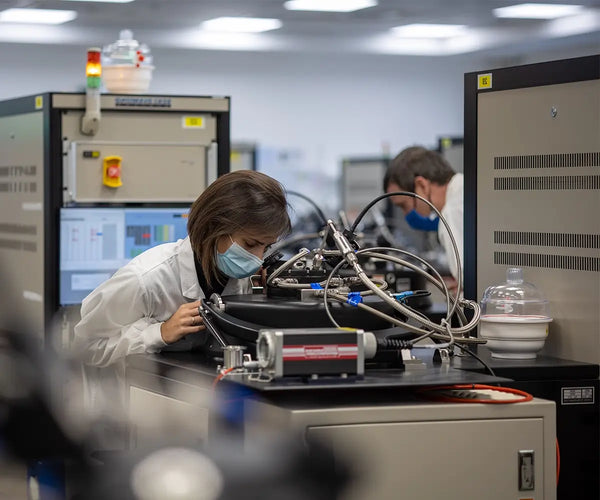
From lab to love
How are Lab-Grown Diamonds Made?
Two main methods are used to create lab-grown diamonds:
- High Pressure High Temperature (HPHT): This method mimics the natural diamond formation process. It involves placing a diamond seed in a chamber of extreme pressure and temperature, similar to the conditions found deep within the Earth where natural diamonds form.
- Chemical Vapor Deposition (CVD): In this method, a diamond seed is placed in a chamber filled with carbon-rich gas. The gas is heated until it breaks apart, allowing the carbon atoms to adhere to the diamond seed and slowly build up layers, forming a diamond.
FAQS
Frequently asked questions about lab grown diamonds
Can’t find the answers you're looking for? Our team is on hand from Monday to Friday, 9am - 5pm, or select the button below:
-
Yes, all of our lab-grown diamonds are certified by gemological laboratories, just like mined diamonds. Certifications provide information about the diamond's quality, including its cut, colour, clarity, and carat weight. Common certifications include those from the Gemological Institute of America (GIA) and the International Gemological Institute (IGI).
-
Yes, lab-grown diamonds will pass a traditional diamond tester. This is because they have the same physical and chemical properties as natural diamonds.
-
The perception of lab-grown diamonds being "tacky" is largely subjective and depends on personal opinions. Some people may feel that lab-grown diamonds lack the authenticity and rarity of natural diamonds, while others appreciate them for their ethical and environmental benefits. The question of whether lab-grown diamonds are "tacky" also depends on how they are styled and who is wearing them. As with any piece of jewelry, the elegance and style come from the wearer and how they carry themselves.
-
Their resale value can vary and is lower than that of natural diamonds. If you view your diamond purchase as an investment, you might find that natural diamonds hold their value better over time. This is largely due to the perception of rarity and prestige associated with natural diamonds.
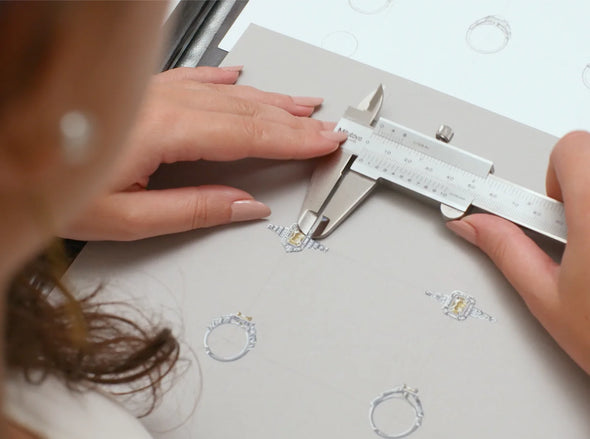
Bespoke Services
Design your own bespoke engagement rings and transform ideas into reality.
We specialise in made-to-order diamond engagement rings. Whether you recreate one of our classic designs or have an idea of your own.
